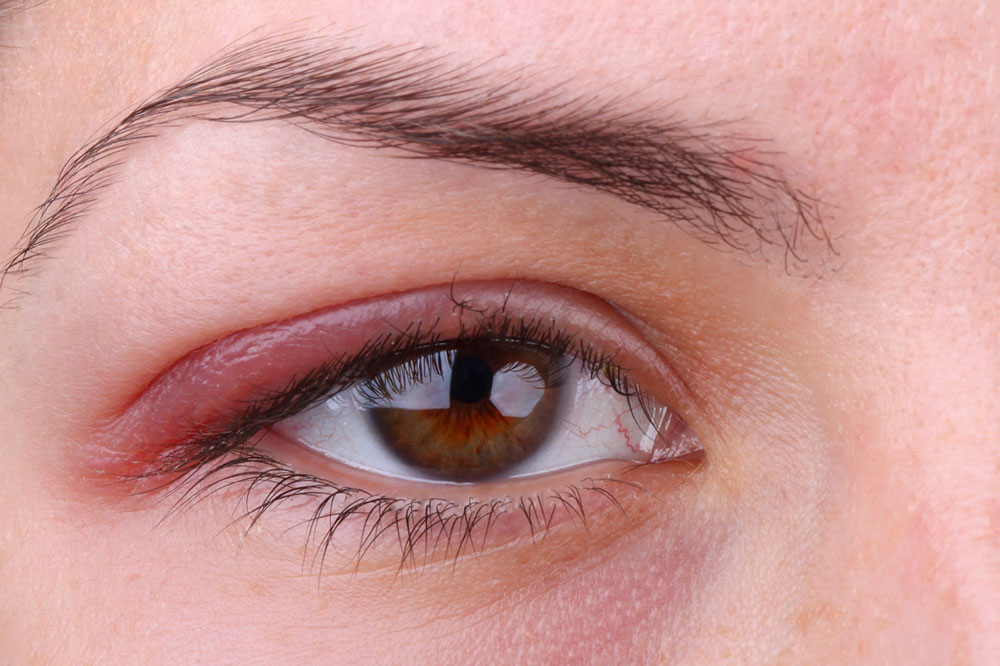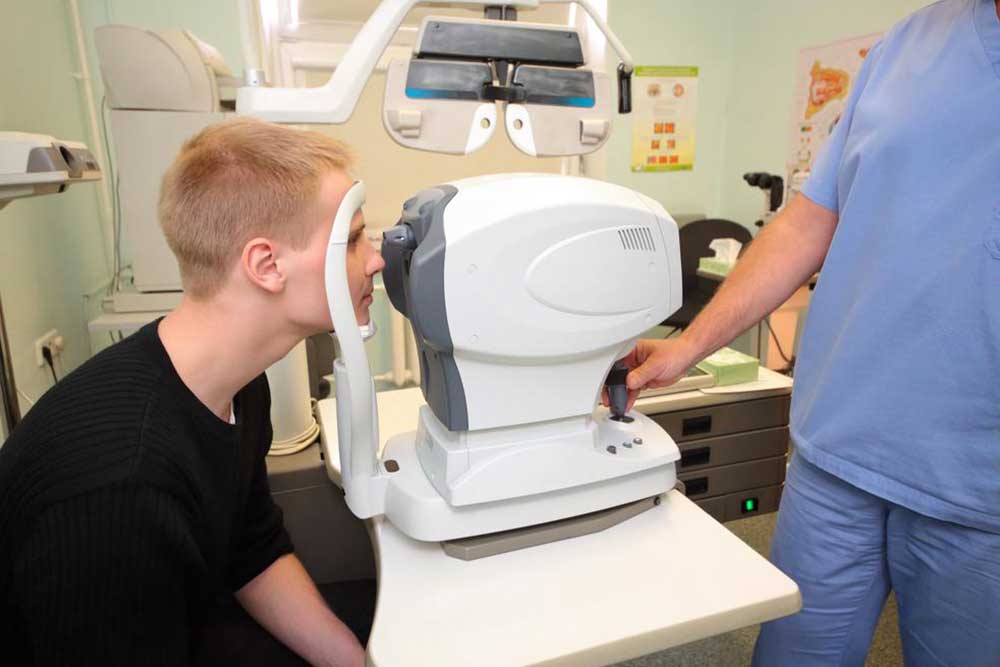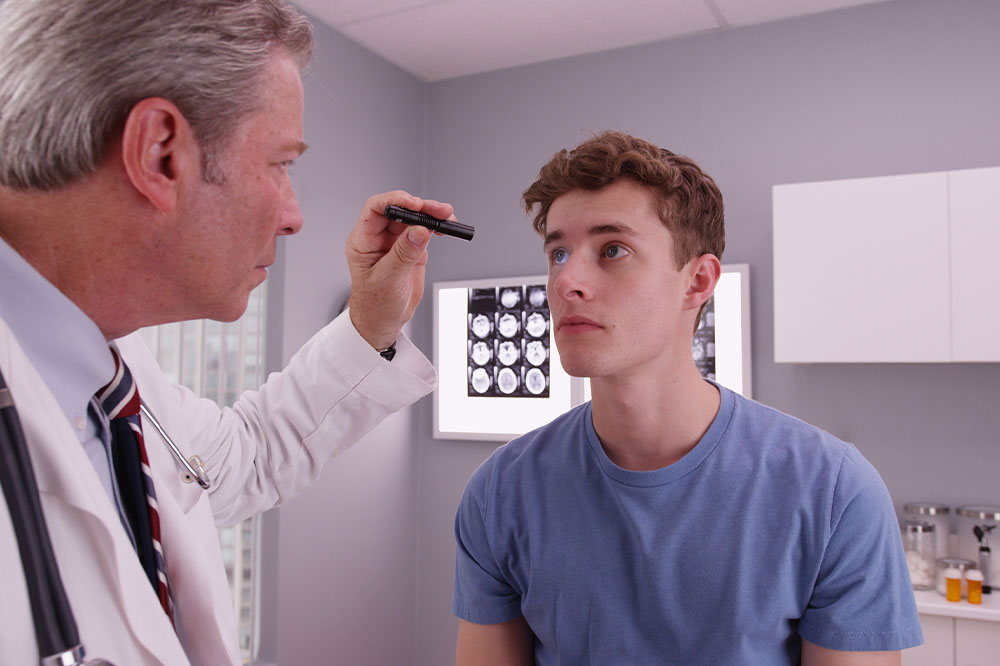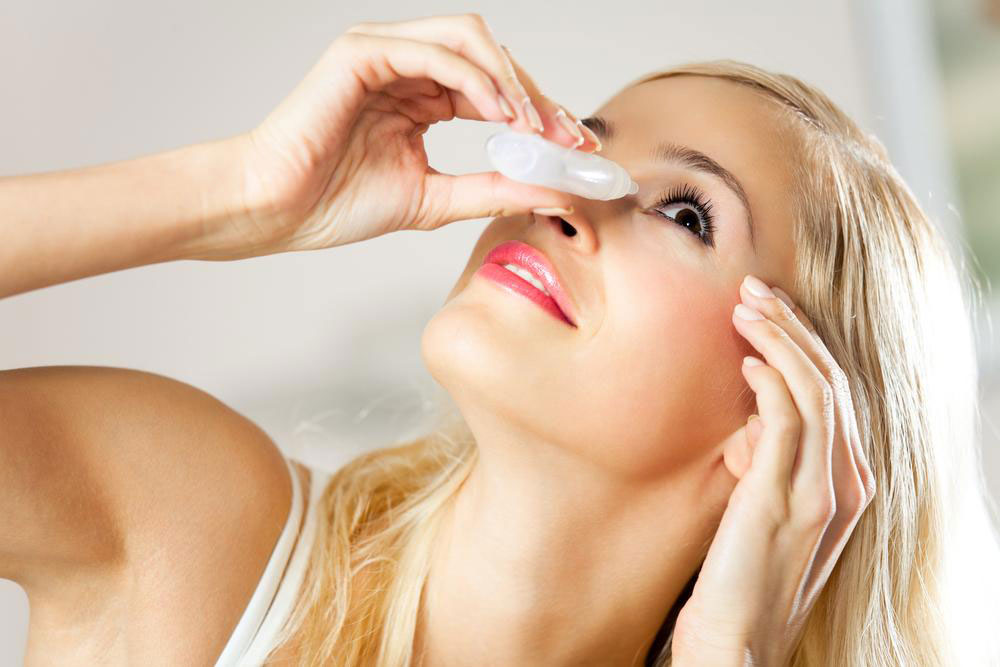Effective Lifestyle Strategies for Managing Wet Macular Degeneration
Discover effective lifestyle and dietary strategies to control wet macular degeneration. Learn how proper nutrition, quitting smoking, UV protection, supplements, and exercise can slow disease progression and support eye health. This comprehensive guide offers practical tips for preserving vision and maintaining overall eye wellness, empowering those affected by wet AMD to take proactive steps towards protecting their sight and enhancing quality of life.
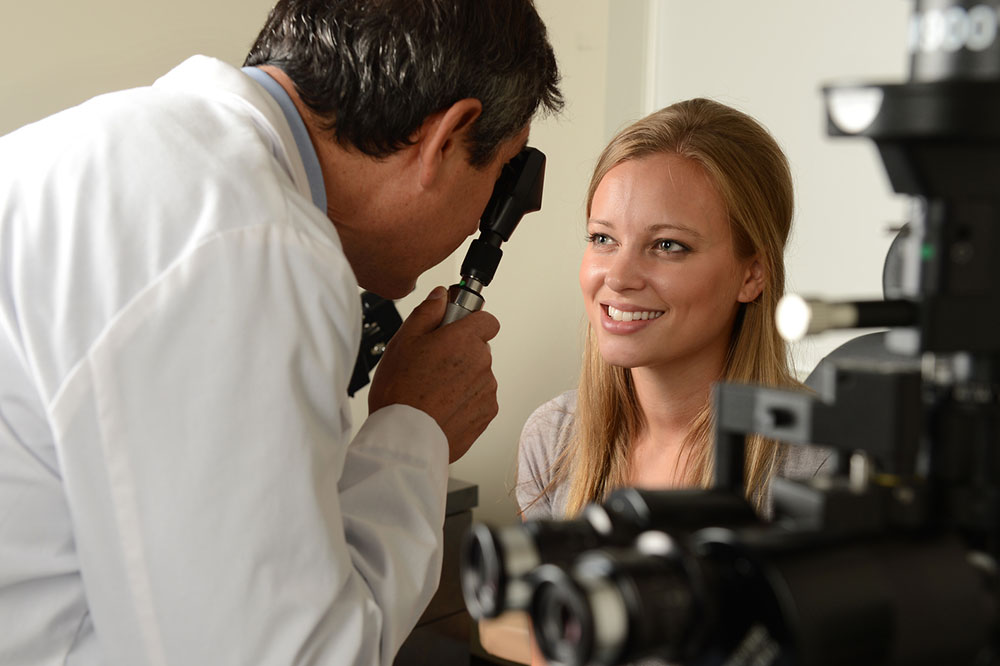
Effective Lifestyle Strategies for Managing Wet Macular Degeneration
Wet age-related macular degeneration (AMD) is a serious eye condition that primarily affects older adults, leading to vision loss due to abnormal blood vessel growth beneath the retina. This abnormal growth causes blood and fluid leakage into the macula, resulting in symptoms like blurred vision, distorted images, dark spots, and, in severe cases, substantial vision impairment or blindness. Although there is currently no definitive cure for wet AMD, adopting various lifestyle and dietary strategies can significantly slow its progression, help maintain existing vision, and improve overall eye health. This comprehensive guide explores proven methods and practical tips to effectively manage wet macular degeneration and protect your precious eyesight.
Prioritize a Nutrient-Rich Diet to Support Eye Health
Nutrition plays a critical role in maintaining retinal health and combating progressive eye diseases such as wet AMD. Incorporating a variety of foods rich in antioxidants, vitamins, and minerals can help delay the advancement of the disease and protect your eyes from further damage. Foods high in vitamins A, C, and E, along with omega-3 fatty acids and zinc, are particularly beneficial. Carrots, sweet potatoes, and orange-colored fruits such as apricots provide ample vitamin A, which is essential for proper retinal function and night vision. Leafy greens like spinach, kale, and collard greens are packed with lutein and zeaxanthin—powerful carotenoids that filter harmful blue light and preserve cell integrity within the retina.
In addition to colorful vegetables, including berries such as blueberries and strawberries supplies antioxidants that combat oxidative stress in eye tissues. Whole grains and fiber-rich foods like beans, seeds, and sprouts support overall health and reduce inflammation. Staying properly hydrated with water, herbal teas, and natural fruit juices ensures optimal blood circulation and nutrient delivery to your eyes, aiding in the repair and maintenance of retinal cells.
Eating a balanced diet that emphasizes colorful fruits and vegetables, adequate hydration, and fiber helps bolster your eye health, potentially reducing the risk of severe vision loss caused by wet AMD. Consistent nutritional choices play a vital role in supporting the fine balance required for healthy eyes and a better quality of life.
Cease Smoking to Enhance Eye Wellness
Smoking is one of the most significant risk factors for developing and accelerating the progression of wet AMD. The toxins present in cigarettes damage blood vessels, impair circulation, and induce oxidative stress, all of which jeopardize the health of retinal tissues and optic nerves. Quitting smoking can substantially reduce these risks and enhance overall ocular health. Although it may not completely eliminate the possibility of disease progression, stopping smoking is a powerful step toward preserving your vision and improving your general well-being.
Protect Your Eyes from Harmful UV Radiation
While some exposure to sunlight is beneficial for vitamin D synthesis and overall health, excessive UV radiation exposure can cause irreversible damage to your eyes. Over time, UV rays can contribute to the deterioration of the retina and increase the risk of age-related eye conditions like wet AMD. Wearing high-quality sunglasses that block 100% of UV rays outdoors is an effective protective measure. Additionally, wide-brim hats and seeking shaded areas during peak sunlight hours further shield your eyes from harmful ultraviolet rays, safeguarding your vision and preserving ocular tissue integrity.
Utilize Eye Supplements Wisely
Supplements containing vitamins A, C, E, along with zinc, copper, and omega-3 fatty acids, are often recommended for individuals with AMD. These nutrients have been shown in studies, such as the AREDS (Age-Related Eye Disease Study), to slow disease progression and support overall eye health. It is essential, however, to consult an eye care professional before starting any supplement regimen to ensure appropriate dosage and avoid potential interactions with medications.
Engage in Regular Physical Activity
Maintaining an active lifestyle offers multiple benefits for eye health. Regular exercise helps control weight, blood sugar, and blood pressure levels—all of which are crucial factors in preventing or slowing AMD progression. Improved circulation allows for better oxygen and nutrient delivery to retinal tissues and the optic nerve, fostering optimal cellular function and repair. Activities such as brisk walking, swimming, cycling, or yoga not only enhance cardiovascular health but also contribute to overall well-being and resilience against age-related diseases. Incorporating physical activity into your daily routine can be a key component in the comprehensive management of wet macular degeneration.
In conclusion, although wet AMD remains a challenging condition with no definitive cure, proactive measures focusing on nutrition, lifestyle modifications, and protective strategies can make a significant difference. Early detection, combined with a holistic approach, can help preserve your vision and improve quality of life. Regular checkups with an eye specialist are vital to monitor disease progression and receive personalized advice tailored to your needs.
